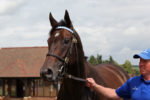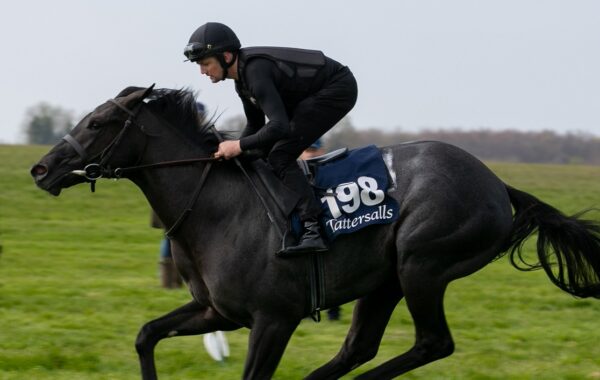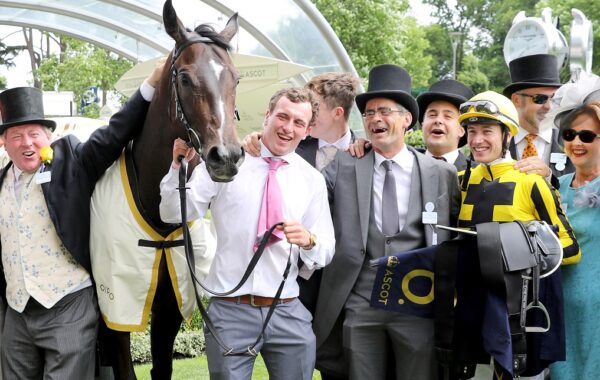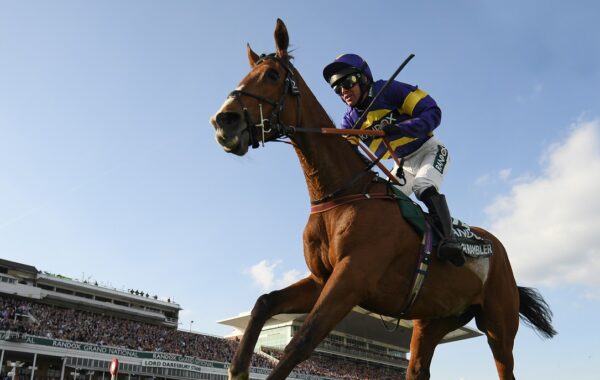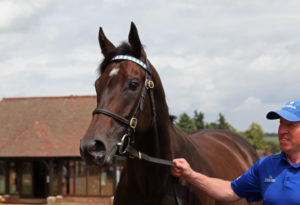I’ve been lucky enough to have had three Cheltenham Festival winners and to have won a couple of other Grade 1 jumps races on the way, but Royal Ascot was very different.
Winning at Royal Ascot with Quick Suzy was huge. We knew she was pretty quick but we couldn’t know where she would stand against the best fillies from Britain and America – I suppose that’s the beauty of horseracing.
I know the stands’ side was favoured over the first three days, but I think being with the pace was more important; we were very lucky to have been drawn beside the Wesley Ward favourite Twilight Gleaming. I think those two would have dominated wherever they were drawn.
Ultimately the plan is for Quick Suzy to go to the Breeders’ Cup. She was for sale following her maiden win at the Curragh and she was bought on behalf of an American syndicate following a call from bloodstock agent Joe Burke.
The plan at that time was to go for the Group 3 at Naas, which the new owners [Eclipse Thoroughbred Partners LLC] were in agreement with, and after she was second there, they agreed again that she could stay with us for Royal Ascot before going to race in America. I’m pleased to say there was a rethink after the Queen Mary and it’s been decided that she will stay with me for the rest of the year.
There are no immediate targets, but Del Mar for the Breeders’ Cup is very much the long-term plan. It won’t be my first time, as I got a taste for it when I went to Churchill Downs with Princess Yaiza after she had given me my first Group winner on the Flat in the 2018 Prix de Royallieu at Longchamp on Arc weekend.
I have built my business around buying horses and then sourcing the owners afterwards.
Plenty of horses are sent to me by their owners, but in a lot of cases I’ve only found the owner after buying the horse. You would like to think that a two-year-old win at Royal Ascot would attract new owners – but the phone doesn’t immediately start ringing!
It’s a longer game than that, but one big positive I’ve found before from having good winners is that it gives great confidence to our existing owners – going forward that might in itself lead to something else.
My association with JP McManus began when he bought Jer’s Girl privately after she had finished fifth in a Grade 1 juvenile hurdle at Leopardstown in the spring of 2016.
Luckily, JP left her with us, and she gave me my first Grade 1 win at Fairyhouse shortly afterwards, and then my second at Punchestown a few weeks after that. We also won the Champion Hurdle for JP with Espoir D’Allen in 2019, and I’d say he currently has around eight horses in the yard.
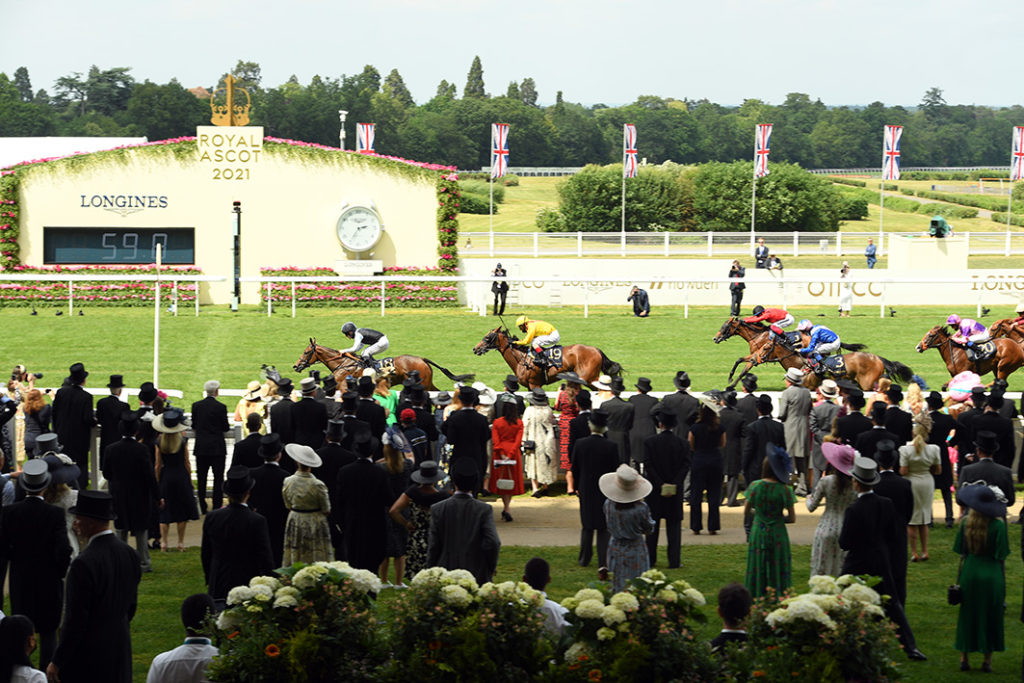
The crowd watches on as Quick Suzy flies home to win the Queen Mary Stakes – Photo: Bill Selwyn
The double at Cheltenham in March was fantastic, but neither Flooring Porter nor Vanillier ran their race at Punchestown.
I’d say that in Flooring Porter’s case it was a combination of factors, including it being probably one race too many, not being as good going right-handed, and getting a little worked up before the race, as he is quite quirky.
I think in Vanillier’s case we probably got the tactics wrong and should have gone quicker. He’s a chaser all over, and that’s what he’ll be doing when he comes back in. They are enjoying their summer at grass now.
I started out in racing spending school holidays with Dessie Hughes and then had a couple of summers in Newmarket, with Ben Hanbury and Paul Kelleway.
I worked in Australia for a little while after that and I suppose all the while as a farrier I was picking up things for a possible future training career. My first winner was at Perth in 2006 when a horse called Arresting won a low-grade handicap hurdle.
There were a lot of opportunities for lower grade jumpers in the north in those days and Arresting also gave Gordon Elliott his first winner as a trainer when following up at Perth again a few weeks later.
I was Gordon’s farrier in those days and so I did his first Grand National winner Silver Birch for him, as well as Gold Cup winner Don Cossack and Tiger Roll among many others.
It was a gradual process switching from being principally a farrier to being first and foremost a trainer, and there was no one turning point as such.
The training side just got bigger and bigger, and I got to a point where I simply didn’t have the time to be a farrier any more. It’s only in the last couple of years that I’ve stopped altogether though, and I’m now in that business only in a very small way.
Training is a full-time job for me now and although I’ve a Flat team of only around 15 at the moment, with six of them two-year-olds, in the winter I’d have around 100 horses in total.
Following Quick Suzy’s win I’ll be looking to buy a few more yearlings in the autumn for next season, so I think that the Flat team will probably expand a bit now.


